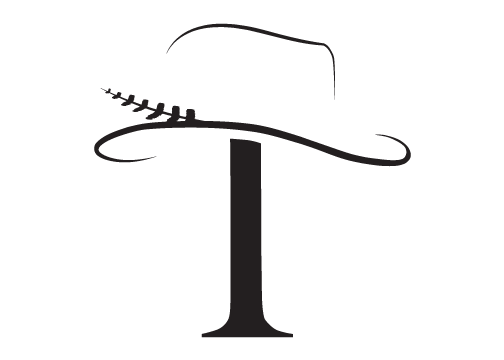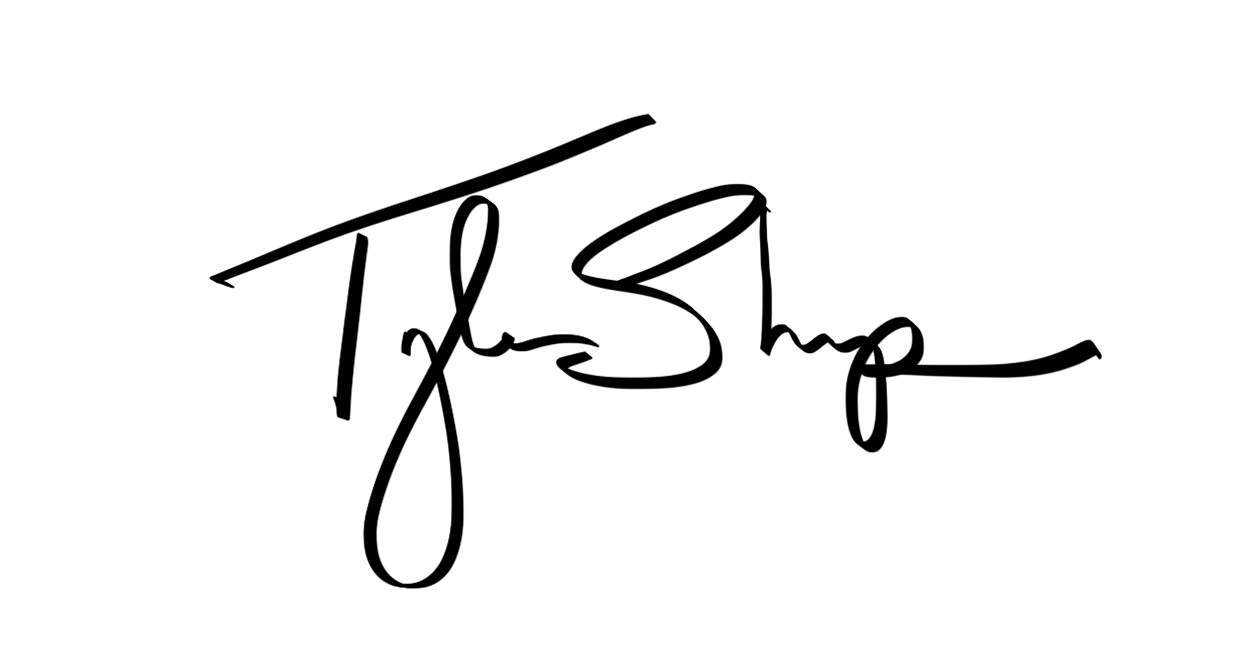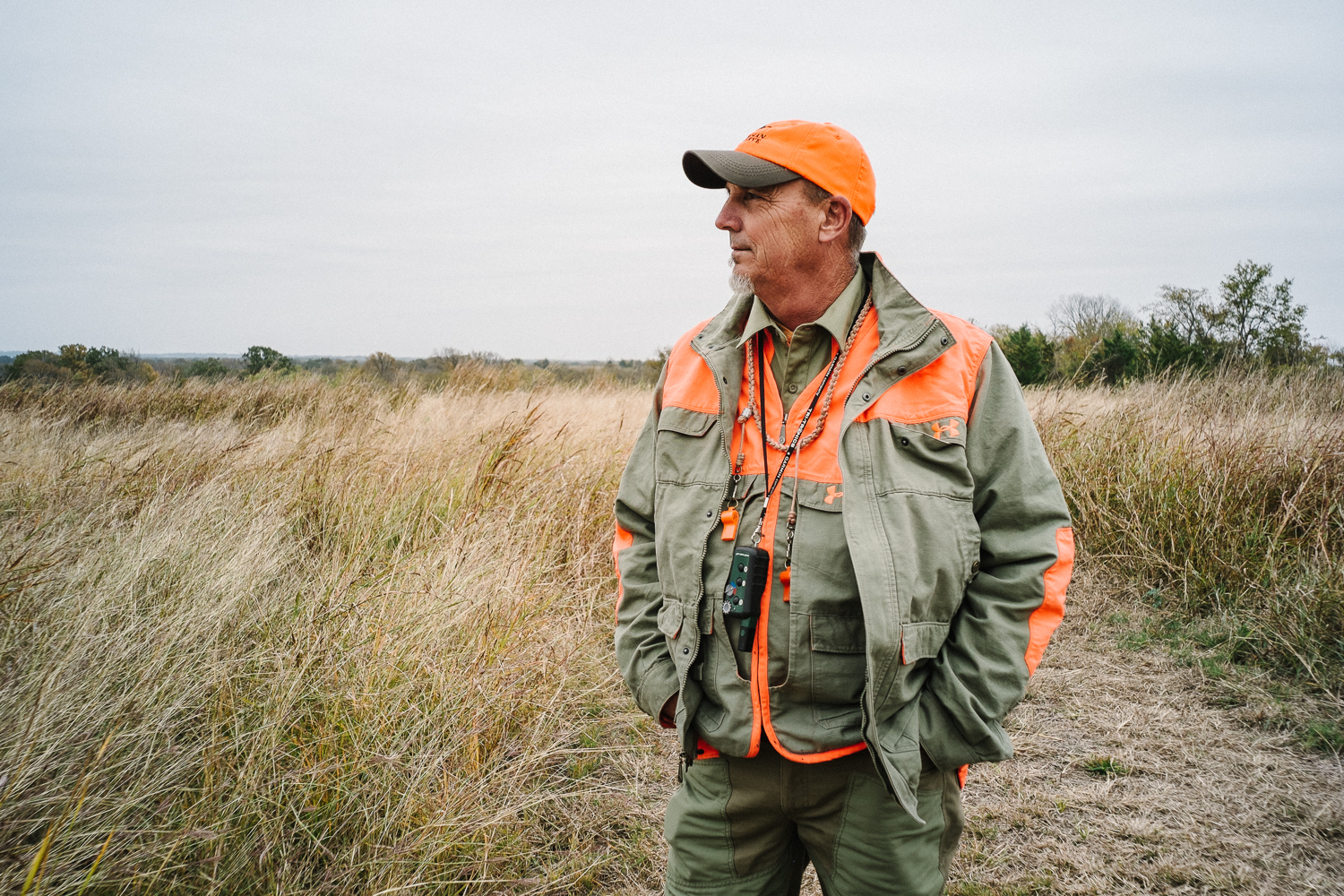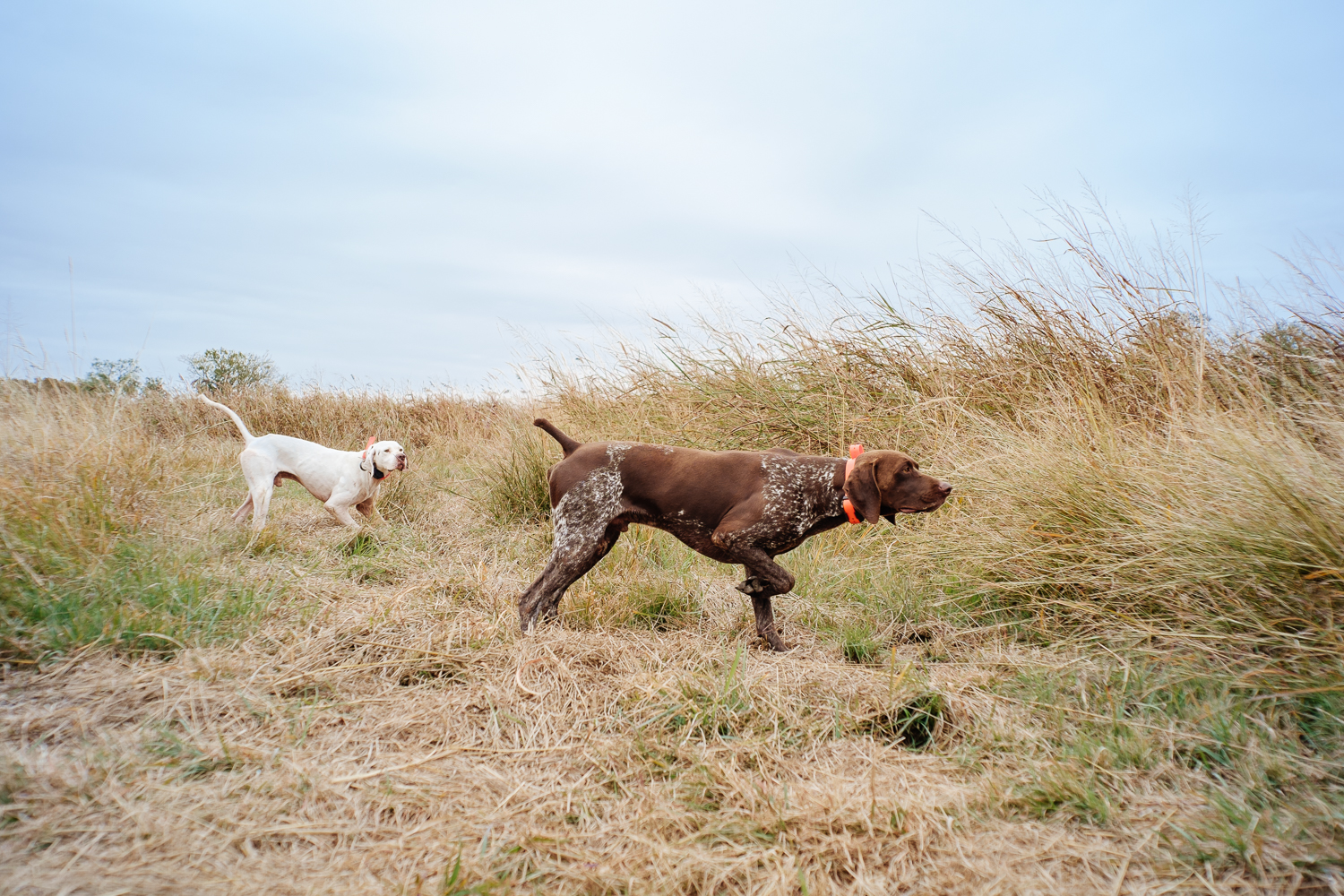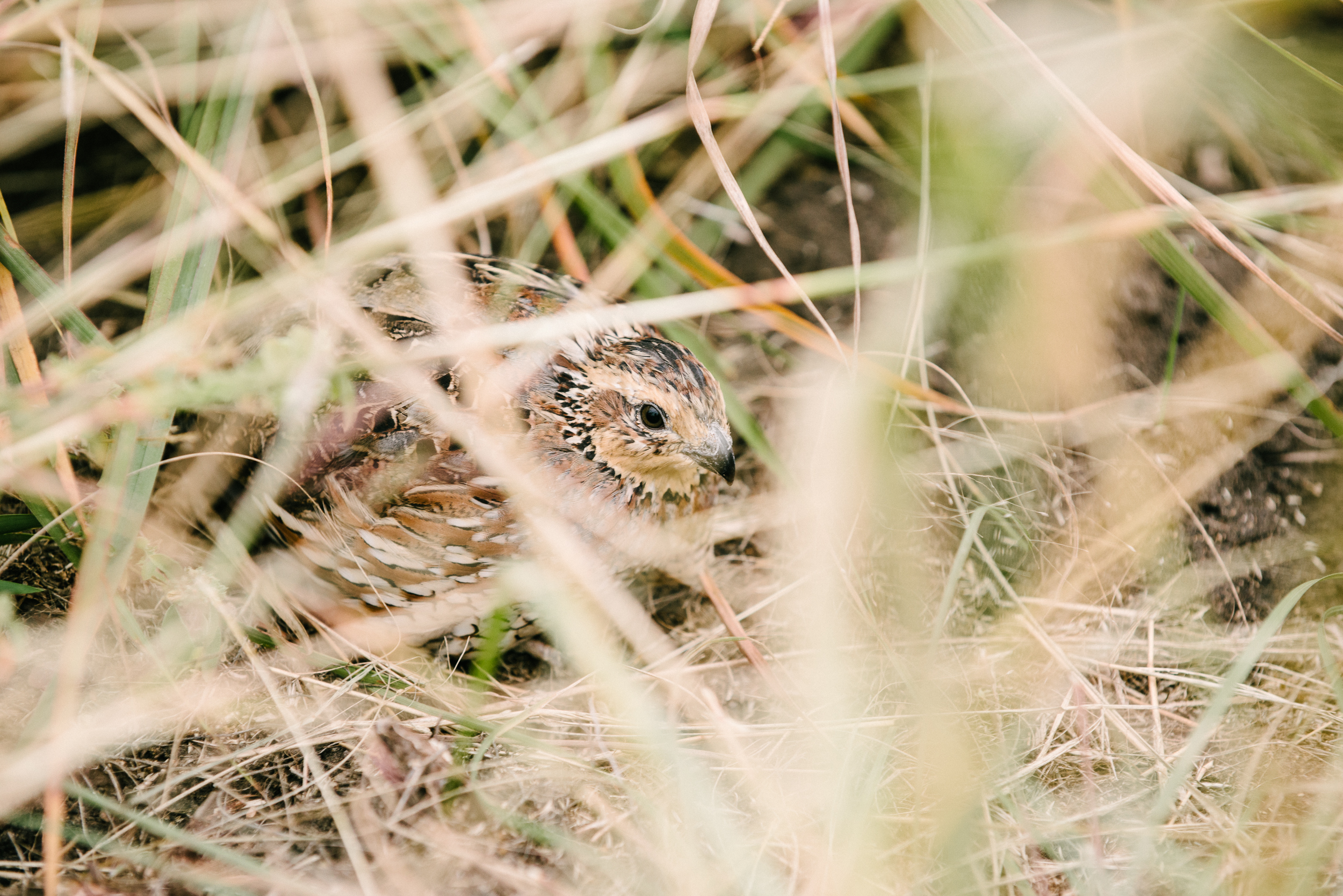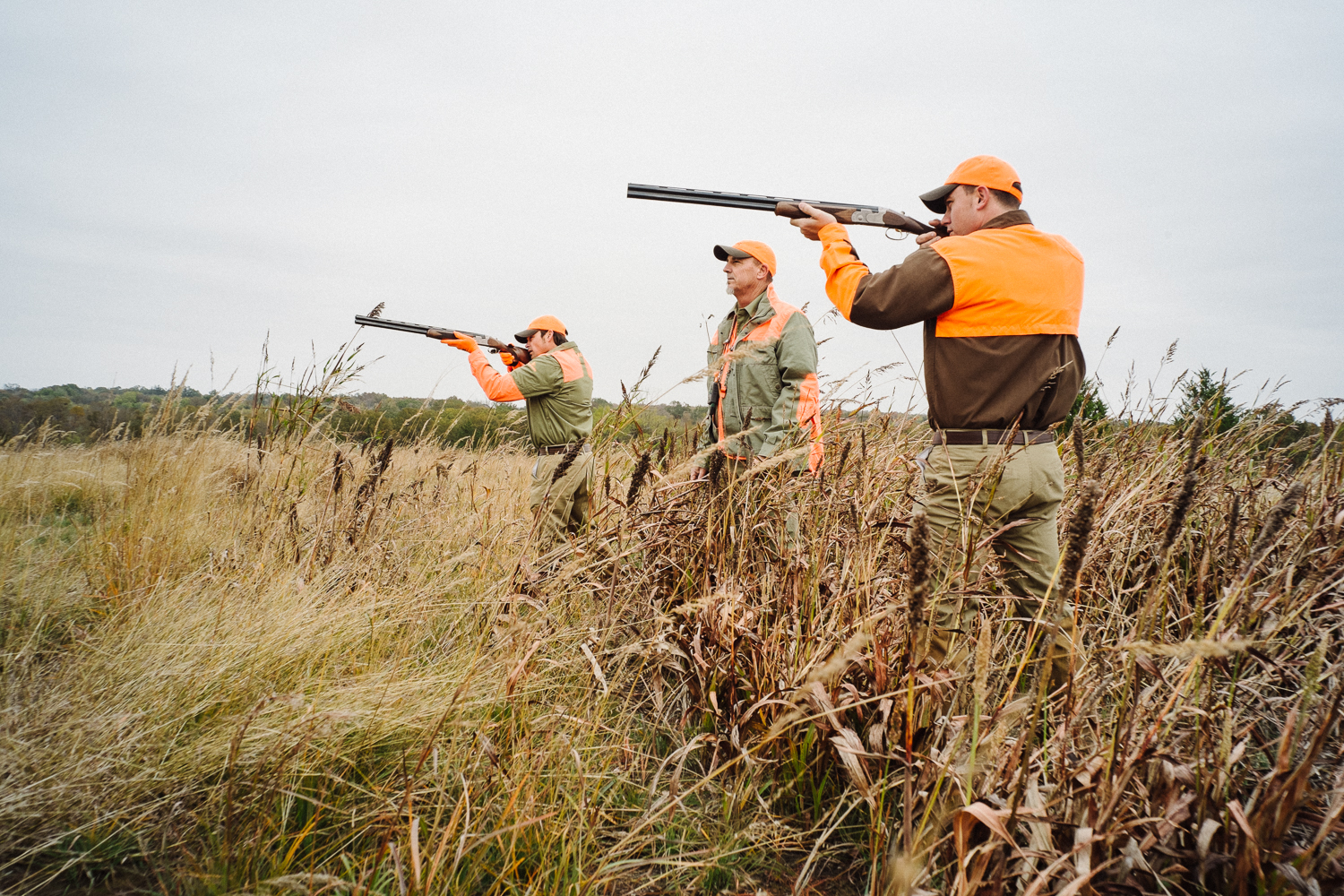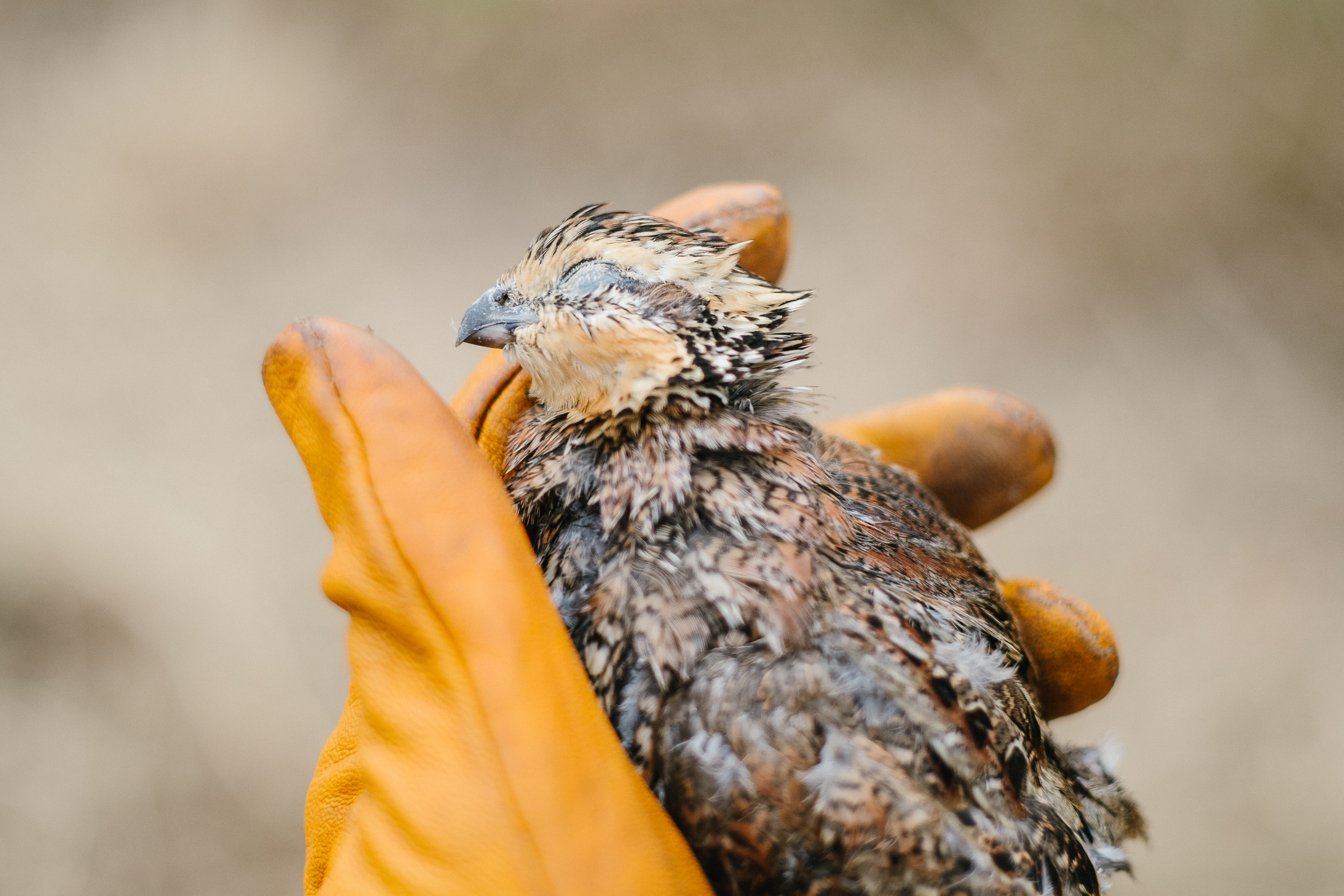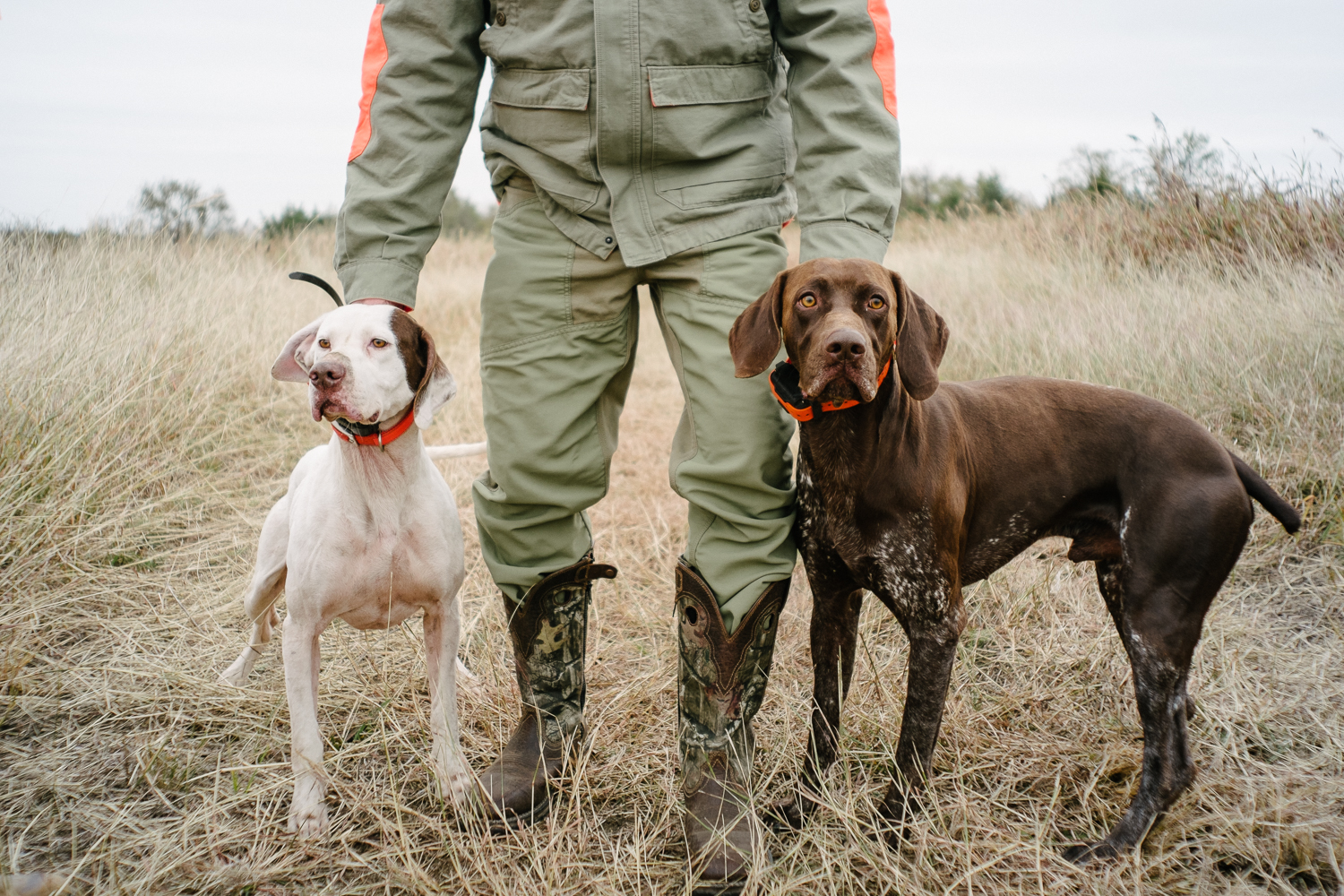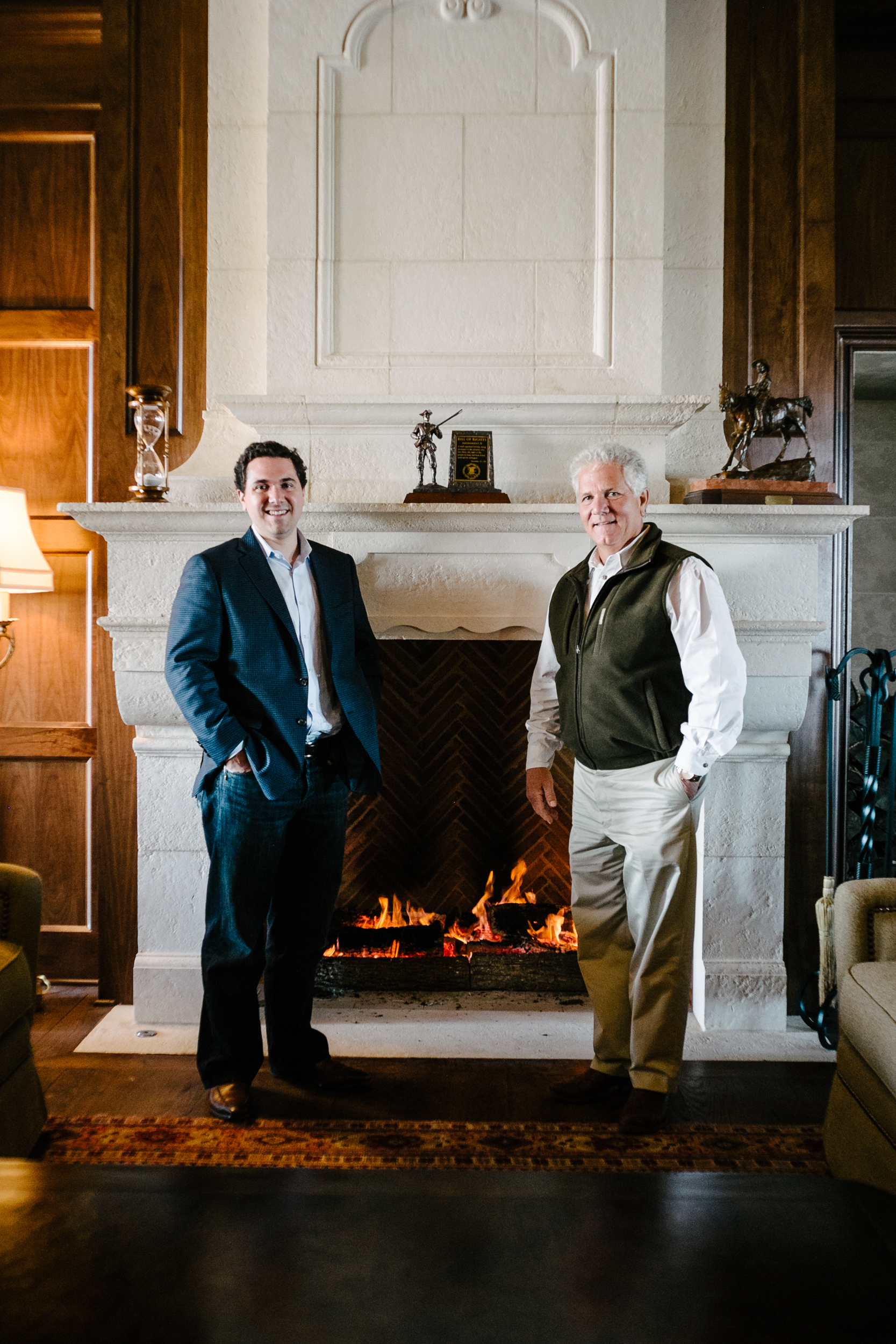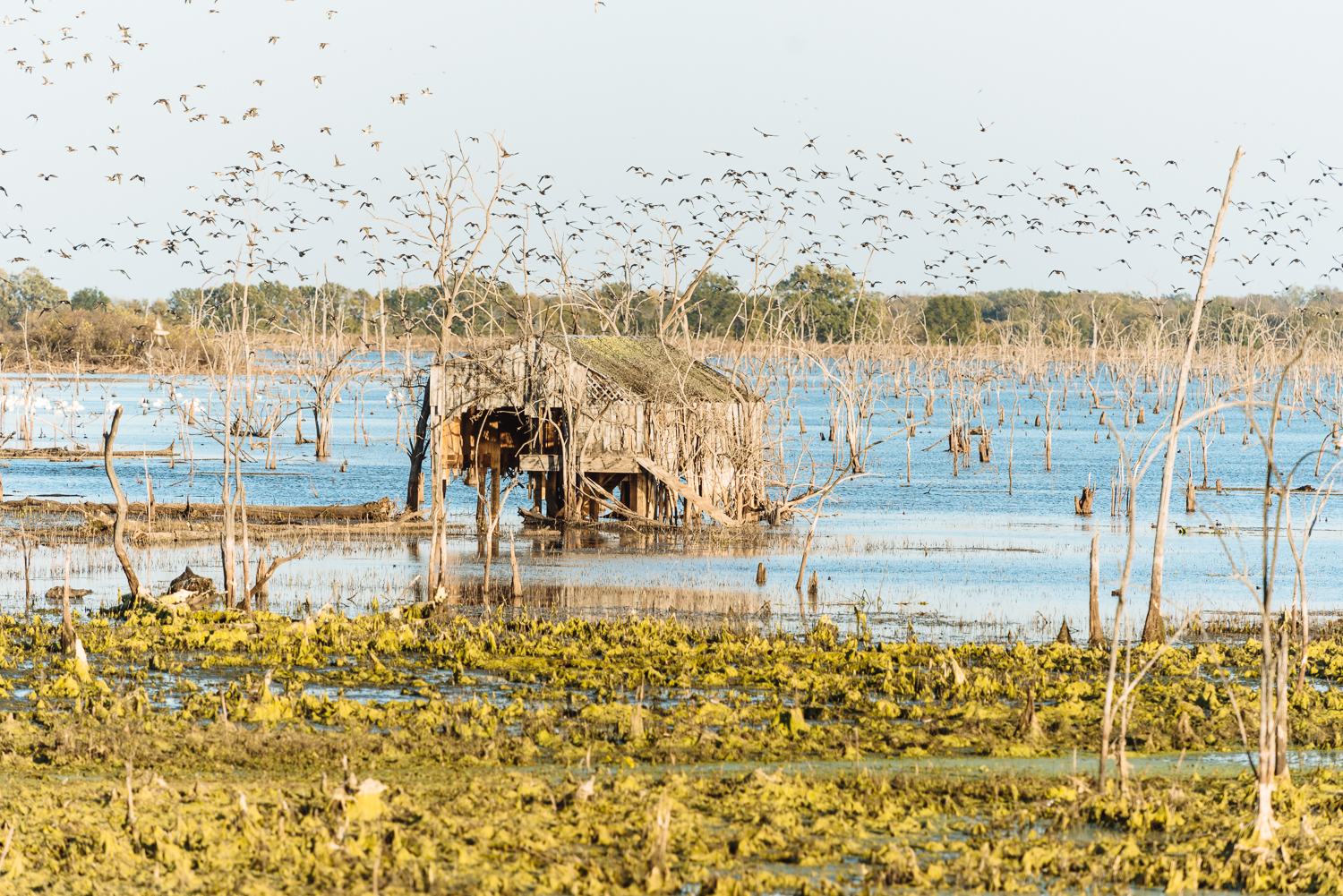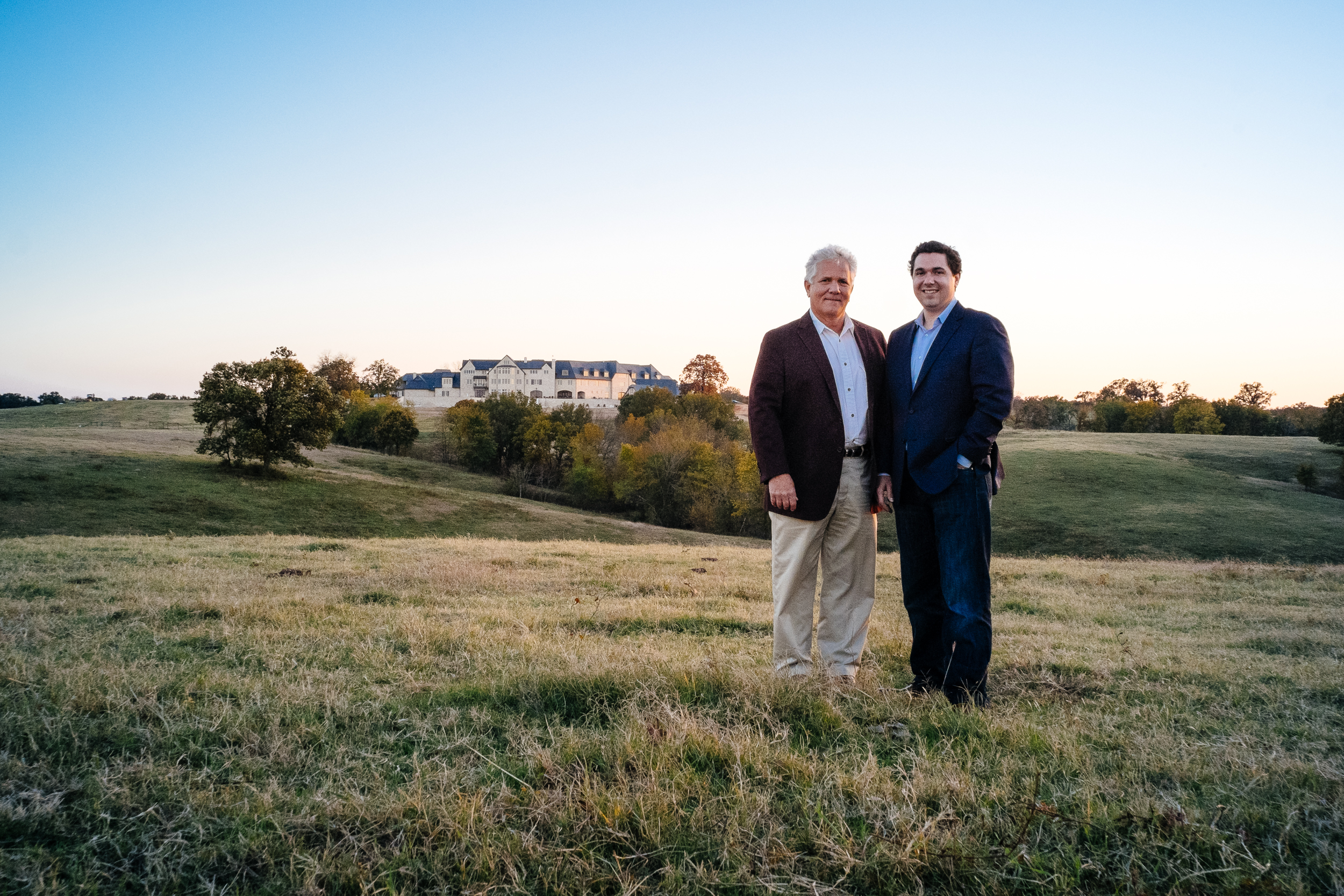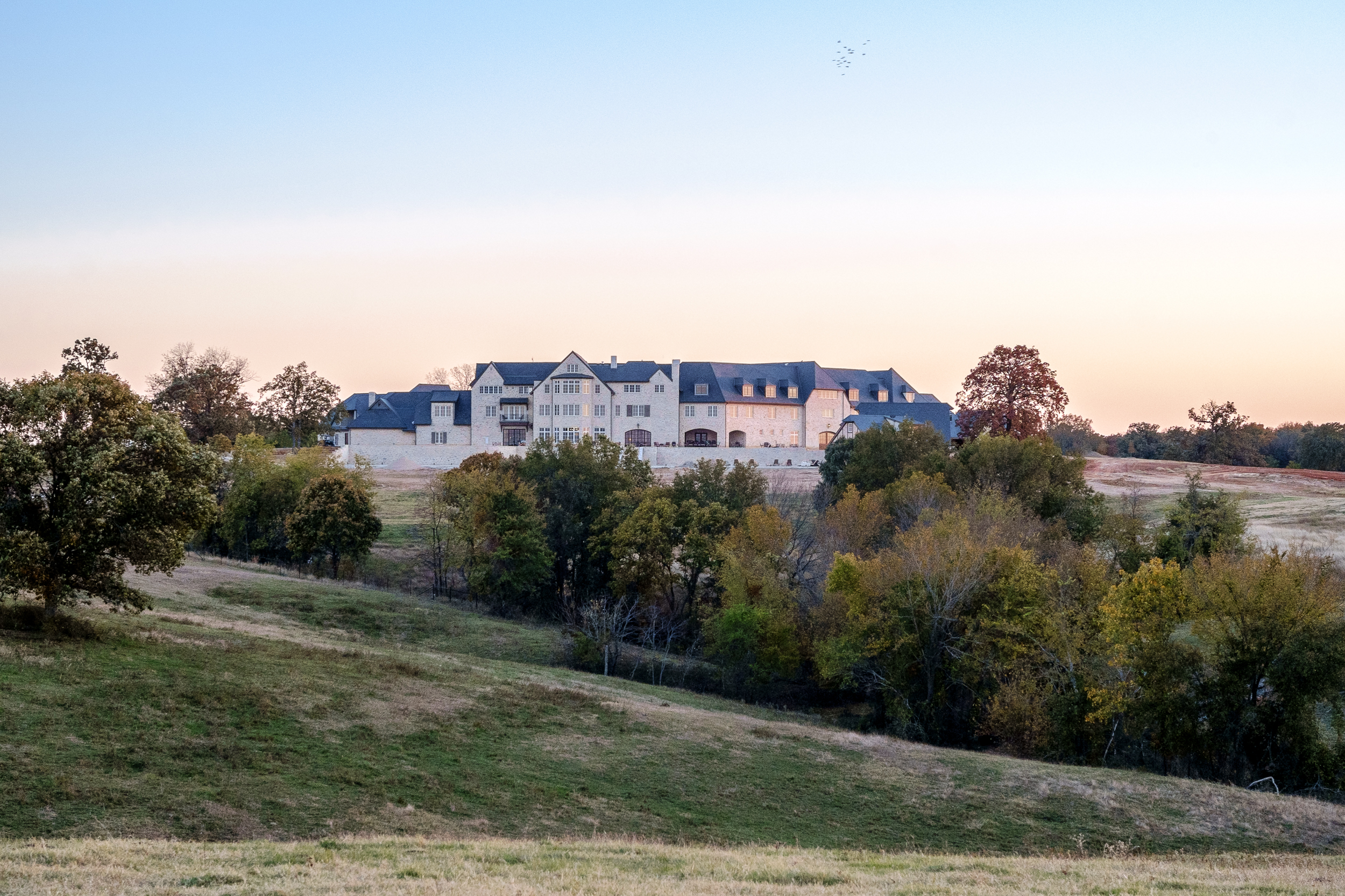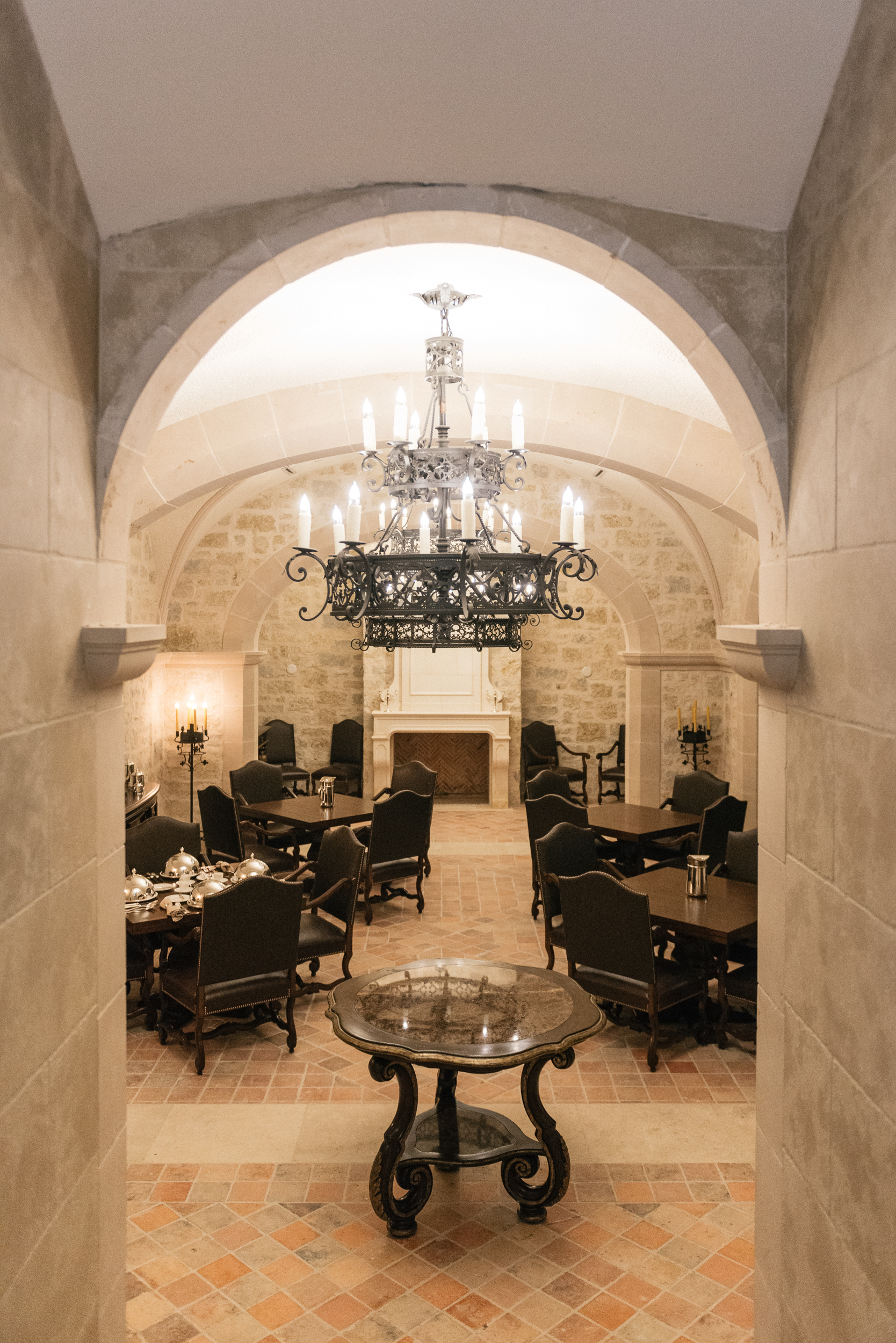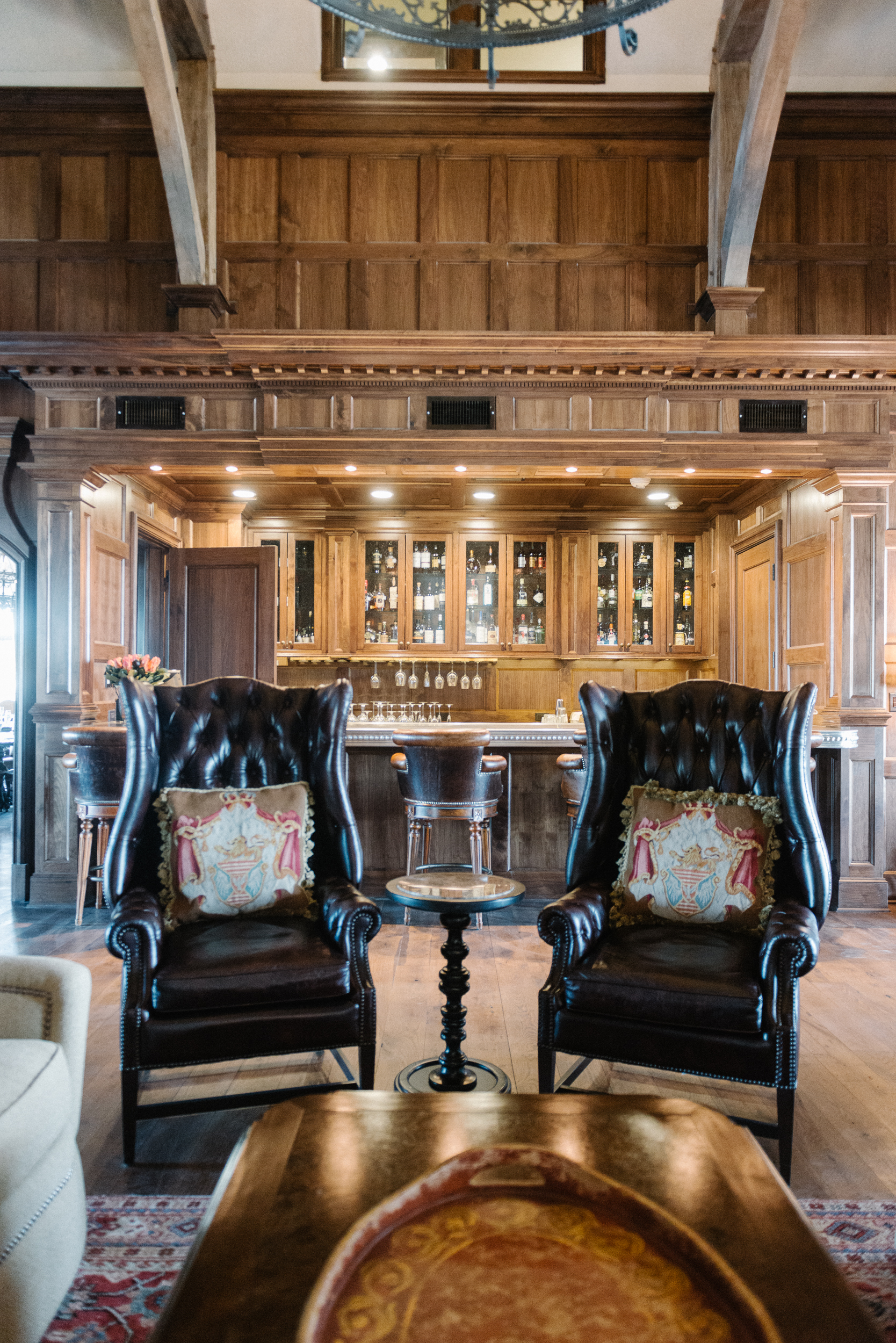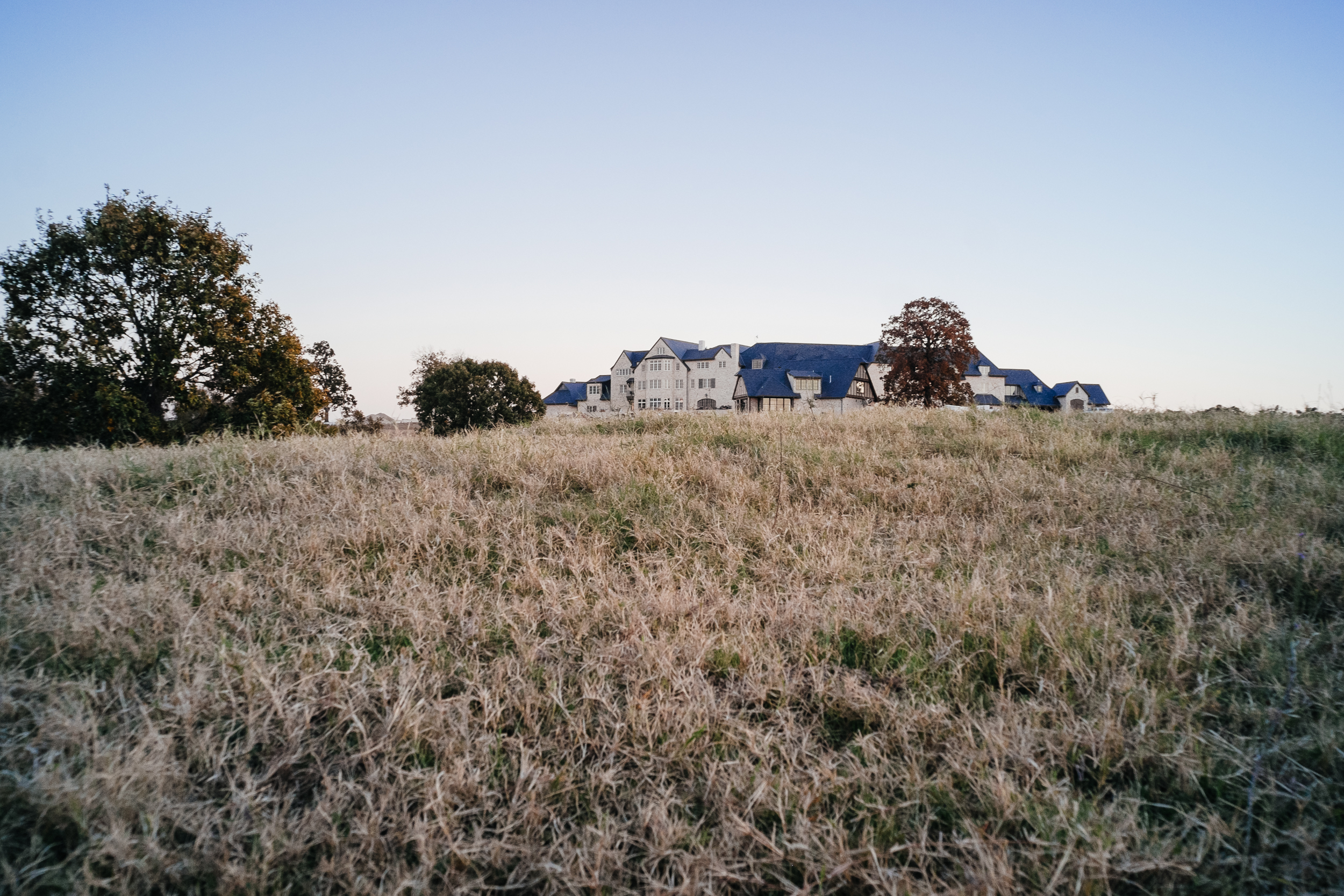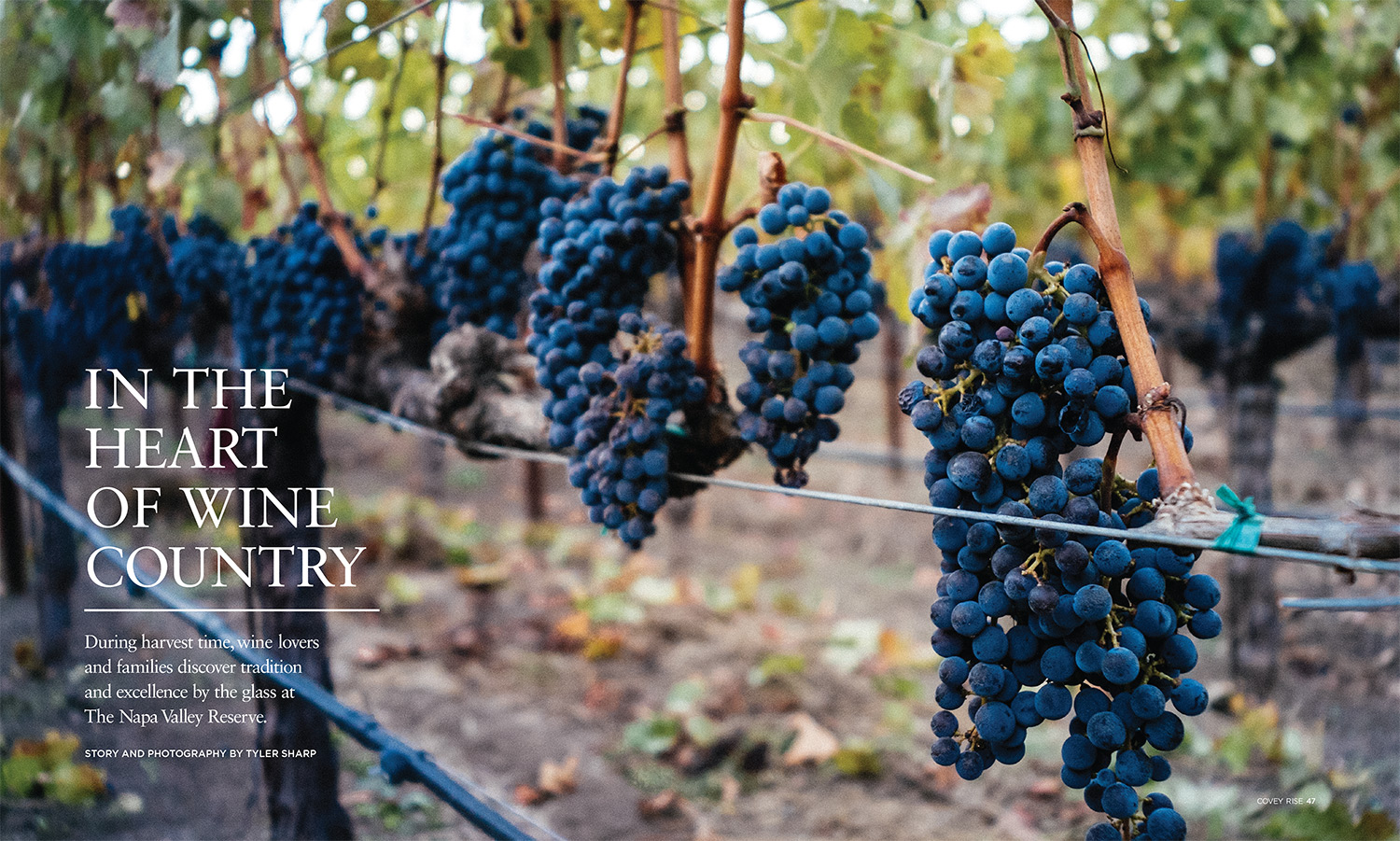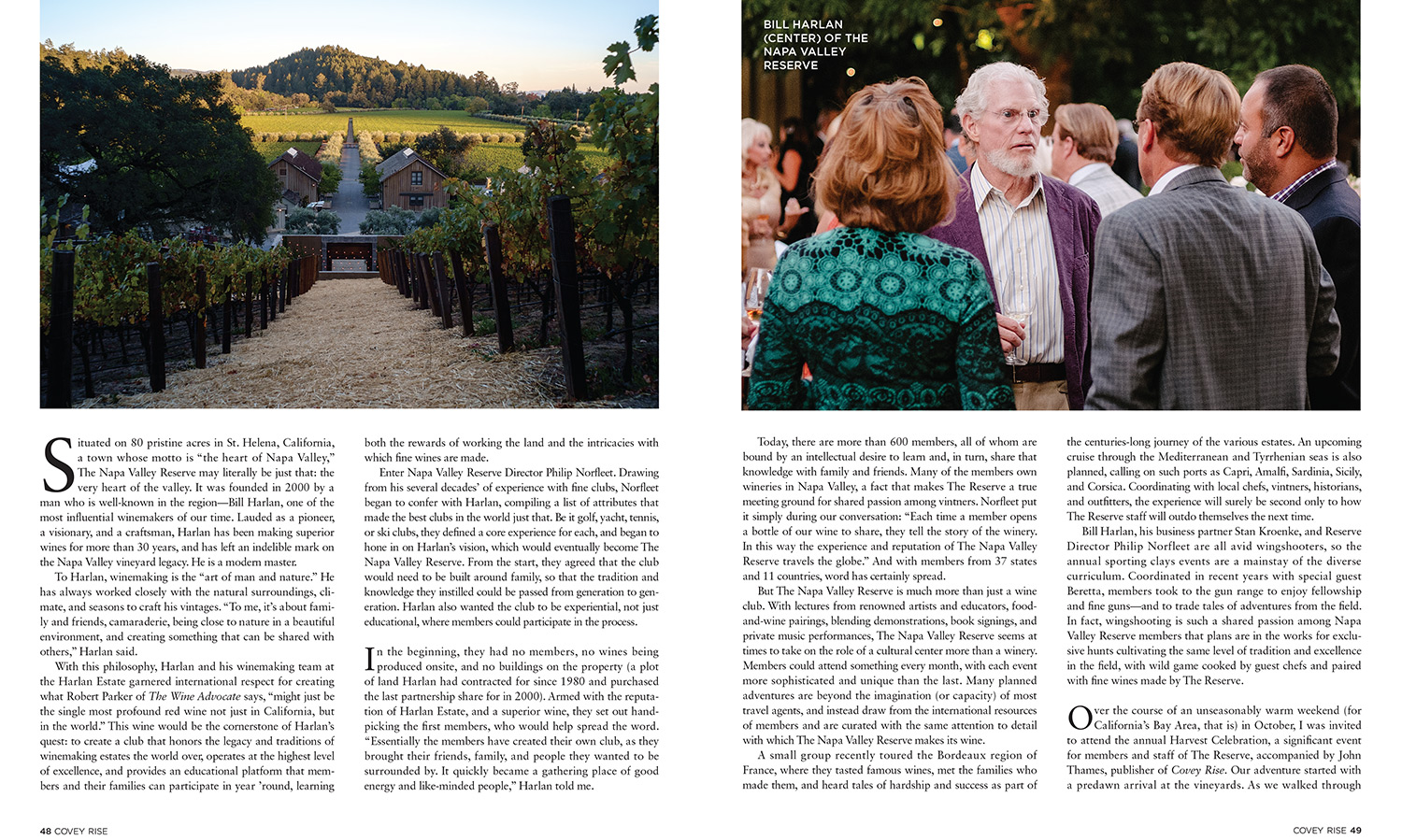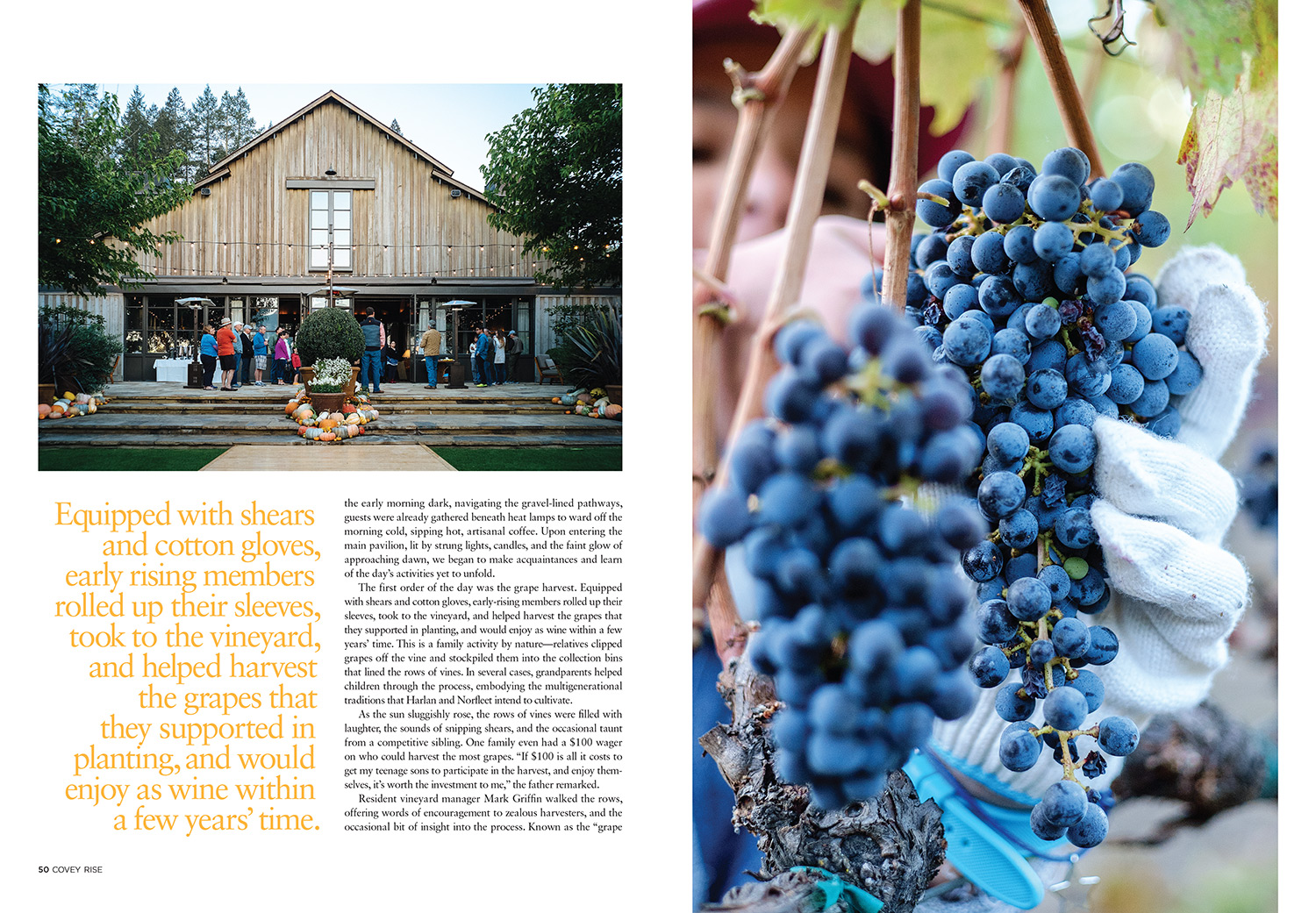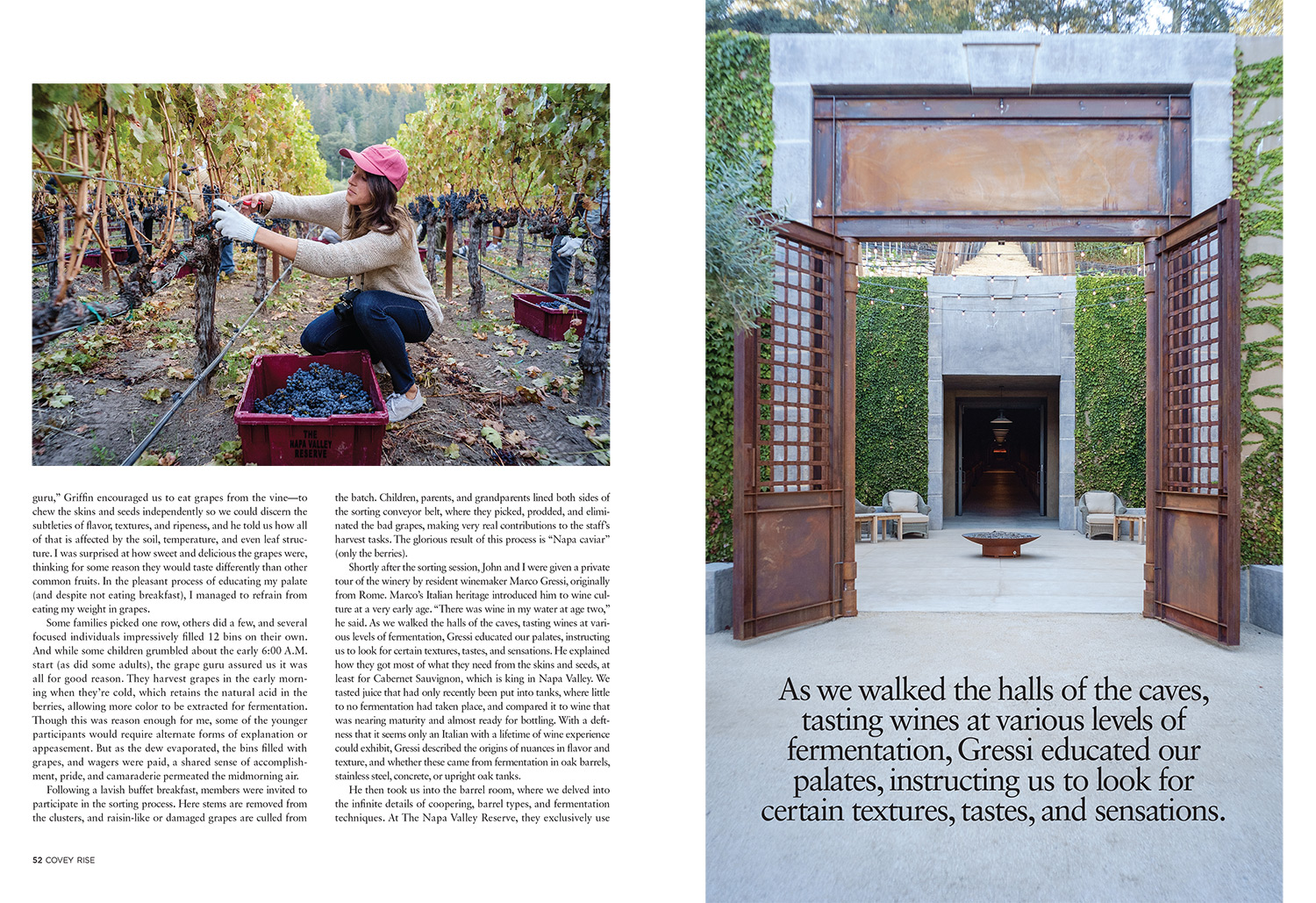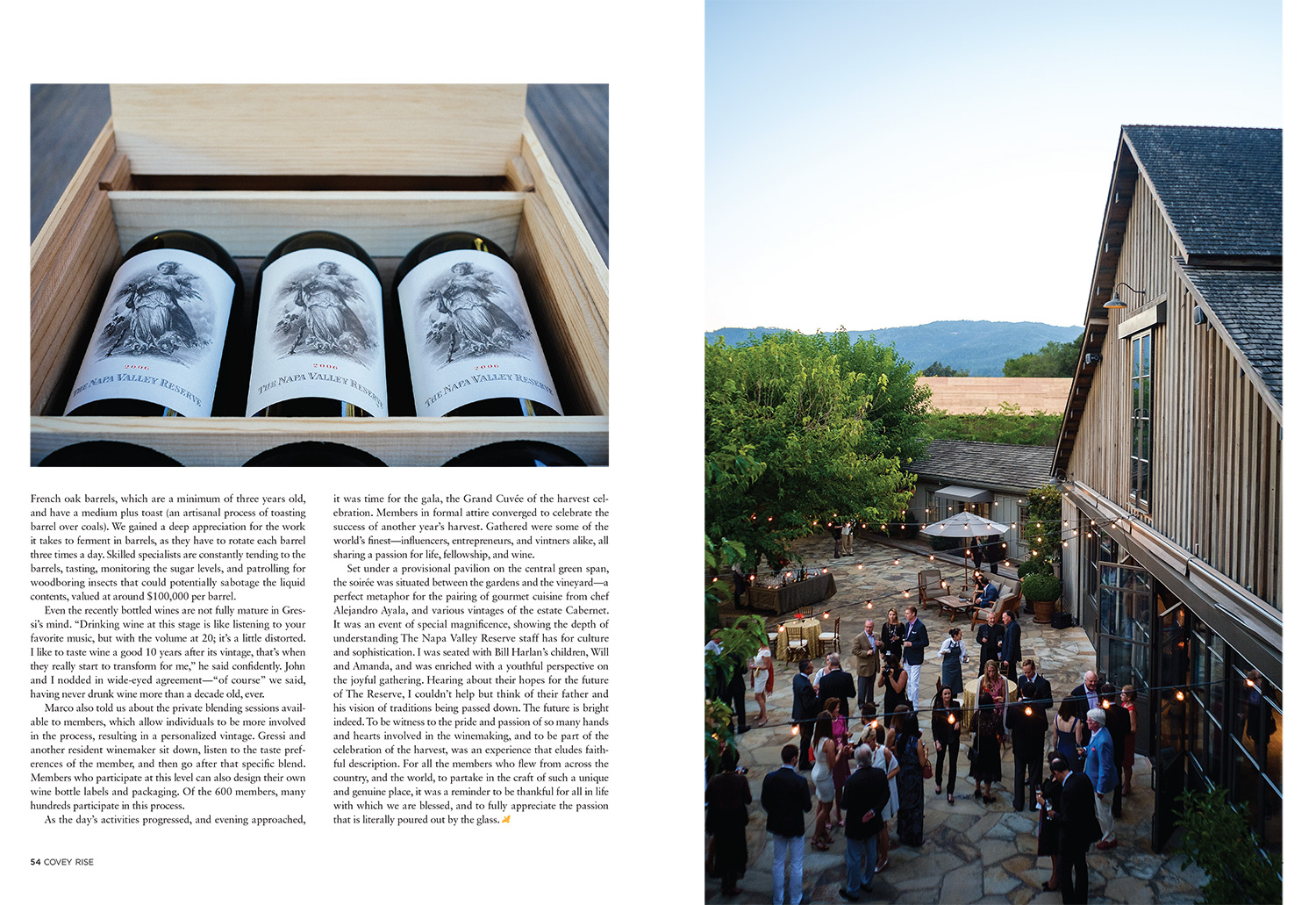For those of you who don't already know, Modern Huntsman is a biannual publication for like-minded conservationists, creatives, and outdoor enthusiasts. Born out of frustration with the way hunting is often misrepresented today, this publication is told from the perspective of hunting purists and philosophers, unaltered by the skews of mainstream media, corporate interests, or misinformed emotional rants. In short, we're returning to the root traditions, in hopes of improving the perception of hunting in modern society.
For many of us, hunting is a way of life, a tradition passed down by our grandfathers, fathers, and brave mothers. It's a way of staying connected to the land, harvesting wild food to sustain our families, our souls, and is a shared passion and pursuit in many countries the world over. Hunting also plays a majority role in conservation, which ensures that expanses of land stay untamed, and that wildlife populations thrive — something we’ll be prominently focusing on as we move forward with the publication.
But this isn't just for hunters, and while we know that there will be opposition, we believe that through our collective stories, photographs, and films, we'll be able to educate some folks about overlooked realities, and win the minds and hearts of those who still have them open. Through presenting stories based in virtue, ethics, personal growth, and statistical merit, our aim is to inspire, educate, challenge, and set the record straight in some cases.
We've assembled some of the best photographers and writers in the outdoor world, many of which you might already know. These are folks who've spent their years living off the land, enduring extreme conditions, and have sometimes risked their lives to ensure that wildlife thrives, and the traditions of hunting survive the modern age.
From the mountains of the American west to the fields of south Texas, the savannahs of East Africa to the governmental councils on regulation, Volume One covers a diverse range of topics, all unified by common ethics. Printed on thick matte stock, and bound into a substantial book of over 200 pages, it is more of an art portfolio than a publication, and a fitting showcase for the breathtaking work everyone has produced. We have no advertisements in the first issue, and as we move forward we’ll begin to integrate select brands and organizations to partner on stories of hunting history, conservation success, and notable characters, outfitters, chefs, and artists in the community. These will be collaborative, integrated stories instead of intrusive and heavy-handed ads, which will help us keep the message pure, and the conversations constructive.
We’ve sold through our first print run of 5,000 copies in three months, and have just re-ordered another 5,000 to continue sharing our mission with both hunters and non-hunters alike. Volume Two is scheduled to release in the fall of 2018, and will be centered around a theme of public lands, which is a hot topic in the United States to be sure. Apart from the political applications, we’ll also be exploring the realities of land access in other parts of the world, and how that affects land use, wildlife management, and hunting access. We’ll also be focusing on how these issues can bring folks together under common cause to protect what’s important, rather than squabble over something potentially insignificant.
This is just the first step in a long, important journey for Modern Huntsman, and we'd be honored to have you join us. To conclude, I’d like to leave you some parting words, as a sort of call to action in what has become such an emotionally charged debate: For hunters, we ask that you carefully consider the the effect that your actions can have on not only your environment, but on the perception of this tradition. Whether through deed, word, or photograph, we feel that care should be taken, and respect given, for how quickly news can be spread in today’s world for good or ill. Therefore, choose your steps wisely, and wherever possible, see that they aim in a direction of positive progress and accurate representation, instead of confrontational detriment and further divisiveness.
For non-hunters, we appreciate your open-mindedness, and willingness to hear what we feel is a different, yet very important side of the hunting narrative. While we can’t speak for everyone, it is our aim to give voice to the overwhelming amount of like-minded hunters and conservationists who often lead quiet lives, in hopes of connecting with more folks like yourself, and finding common ground. We’d ask that as situations arise, you recall the beauty and honesty on these pages, as compared to the message that the mainstream media presents, and let respectful passion and conservation statistics win out over the often skewed biases and violent emotions.
And while some of you may never pick up a bow or a shotgun to harvest your own food, know that should the day come when you decide to, this community would jump at the opportunity to show you the ropes. Where you may have once felt opposition, you’d now find comradery, and a sense of belonging in one of the oldest traditions known to humankind. In short, we’d love to take you hunting.
Whether in the field, or in metaphor,
Happy Hunting.
For more information, to order a copy or subscribe to Modern Huntsman, you can visit one of the links below.
Order Volume One: https://www.modernhuntsman.co/shop/volume-one
Subscribe to future issues: https://www.modernhuntsman.co/subscribe/
MH Instagram: https://www.instagram.com/modernhuntsman/
This story was originally written for the Westley Richards Explora Blog, which can be viewed in its original form here.
